


Water quality plays a pivotal role in farming and aquaculture. Poor water conditions lead to lower yields, increased mortality rates, and unnecessary energy wastage. Traditional monitoring methods are often manual, inaccurate, and time-consuming, leading to reactive decision-making rather than proactive management.
This IoT-based solution continuously monitors pH, Dissolved Oxygen (DO), Ammonia Levels, and Water Temperature—automatically adjusting aerators and pumps based on predefined thresholds to maintain an optimal aquatic environment. Farmers and aquaculture professionals can also remotely control operations via mobile or web-based dashboards, giving them unprecedented control over their water systems.
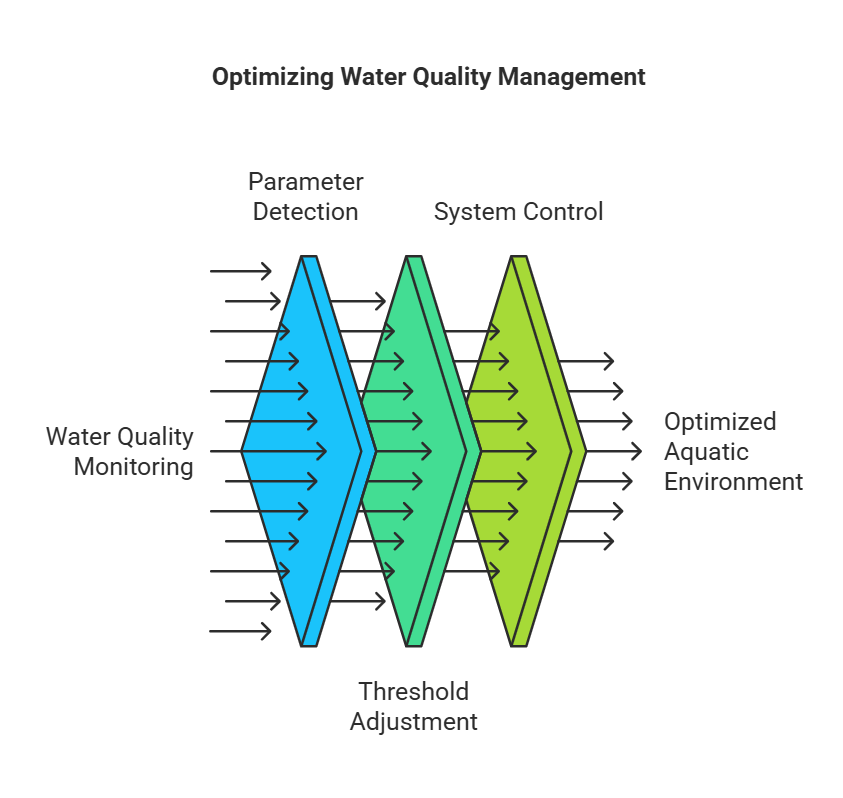
📍 Deployed across 8 districts, impacting 30 farmers.
🤝 Collaborated with 6 NGOs to implement sustainable water management practices.
⚡ Achieved up to 20% energy savings through optimized aerator and motor operations.
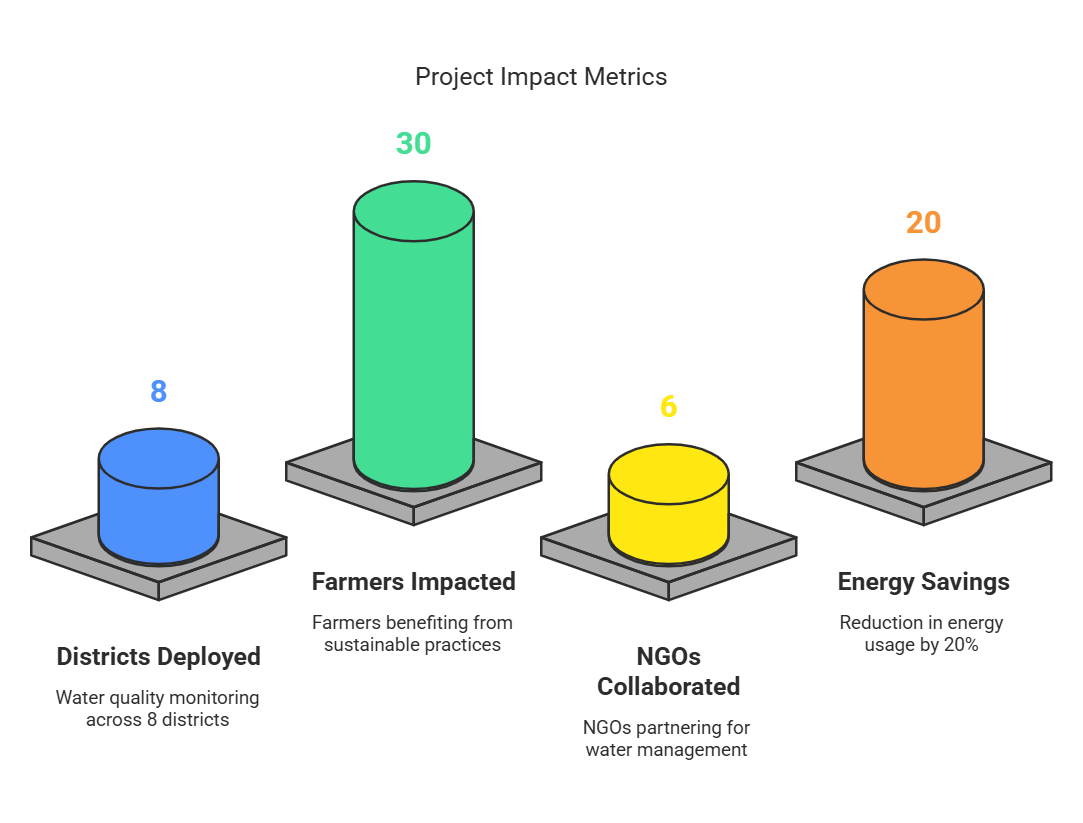
✔ 24/7 Tracking: Continuously monitors pH, DO, ammonia, and water temperature.
✔ Instant Alerts: Sends notifications when water quality drops below optimal levels.
✔ Historical Data & Trends: Helps farmers make data-driven decisions.
Example: If Dissolved Oxygen drops below the safe limit, the system automatically activates aerators to restore oxygen levels and prevent fish mortality.
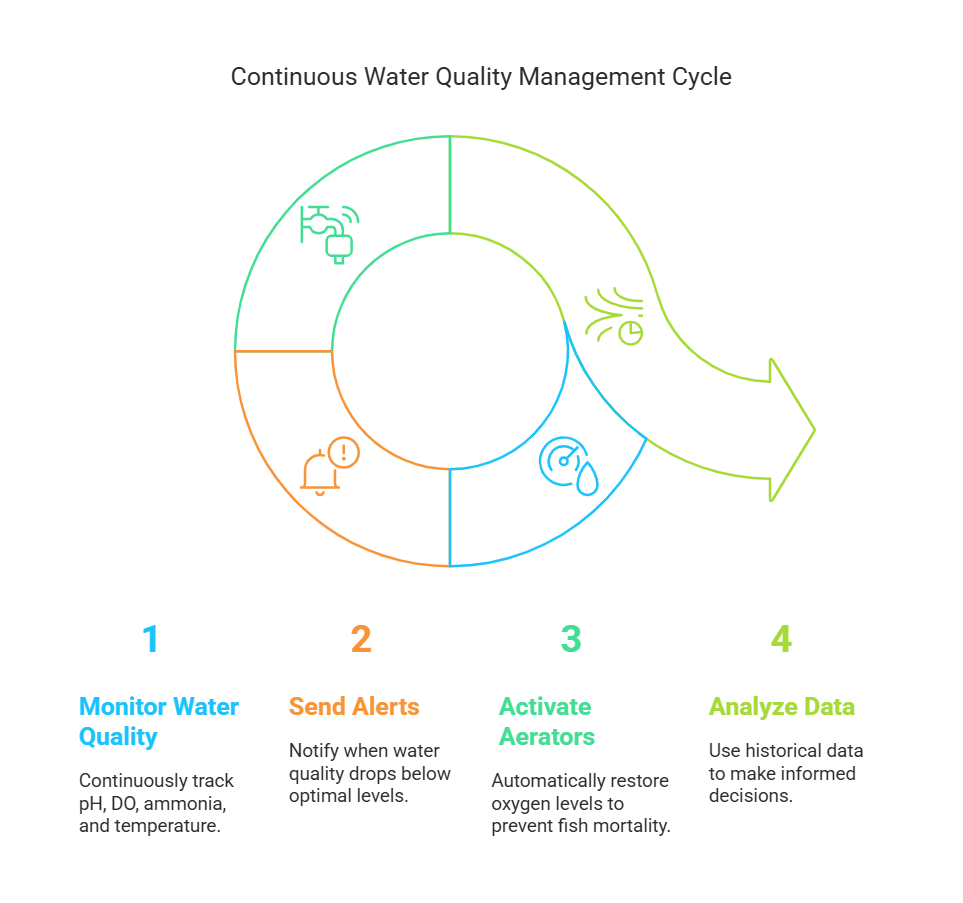
✔ Threshold-Based Automation: Aerators and pumps activate only when needed, reducing energy consumption.
✔ Remote Access: Farmers can manually override settings via a mobile/web dashboard.
✔ Multi-Device Integration: Compatible with various aerators, motors, and pumps.
Example: Farmers can schedule aerator operations during off-peak electricity hours to save energy while maintaining optimal oxygen levels.

✔ Stable Water Conditions: Reduces stress on aquatic species, improving growth rates.
✔ Early Detection of Water Issues: Prevents sudden fish deaths, ensuring higher profitability.
✔ Adaptive System: Adjusts to seasonal and environmental changes without human intervention.
Example: By preventing ammonia buildup and ensuring optimal pH, fish survival rates increase significantly, leading to higher yields.
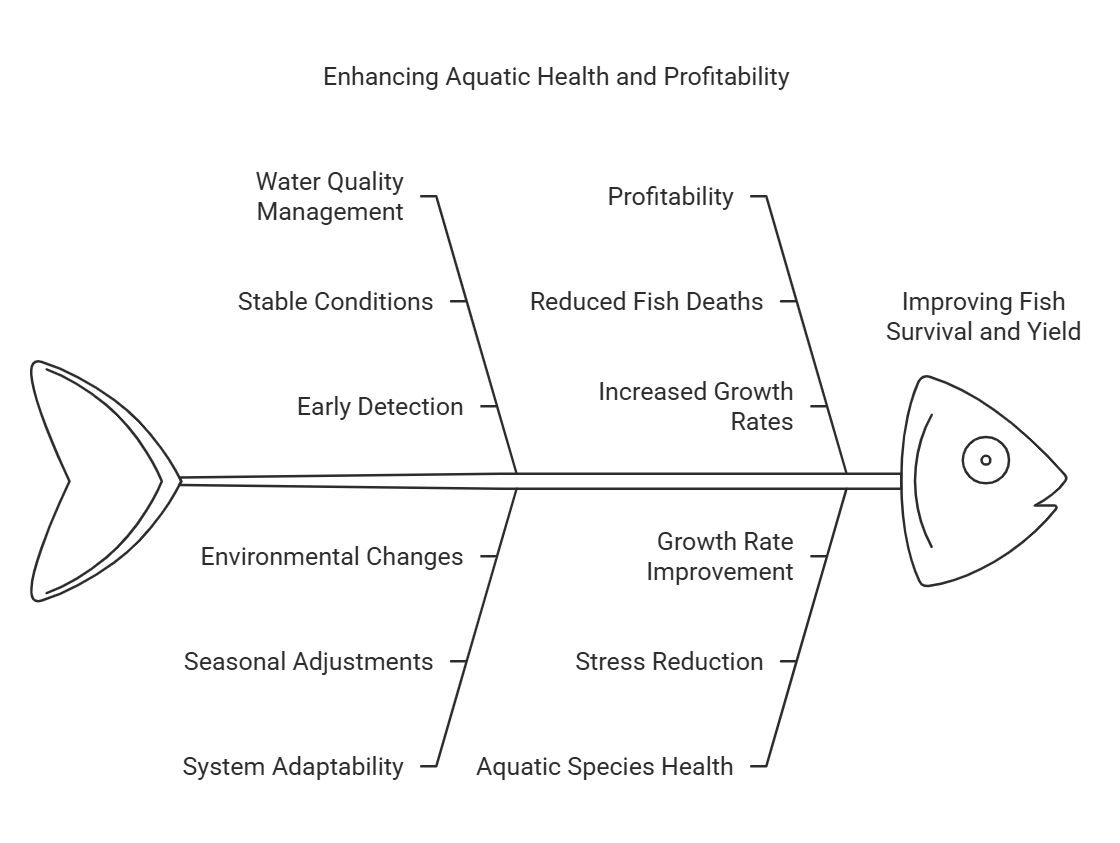
✔ Up to 20% Less Energy Consumption: Aerators and pumps only run when necessary.
✔ Lower Maintenance Costs: Smart scheduling reduces wear and tear on motors and aerators.
✔ Optimized Resource Utilization: Ensures minimal water wastage and reduced chemical usage.
Example: Instead of keeping aerators running 24/7, intelligent automation activates them only when oxygen levels drop, cutting energy costs.
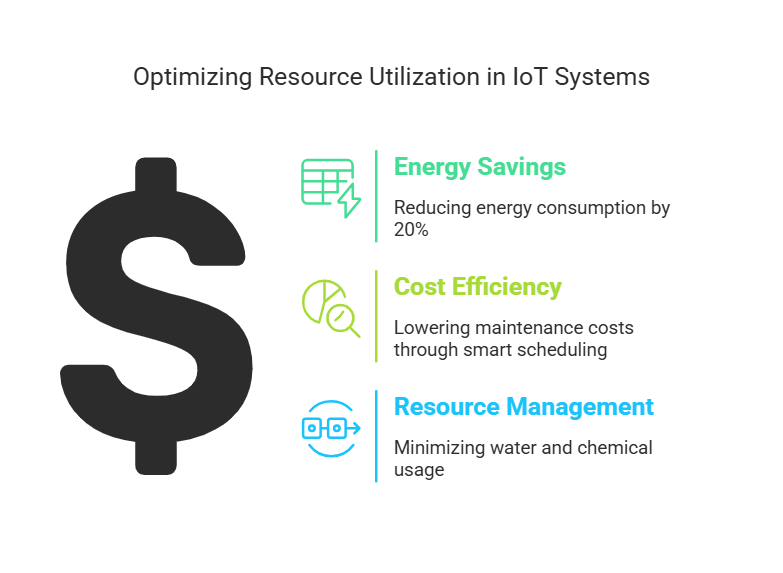
🌱 SDG 6 (Clean Water & Sanitation) → Ensures safe water for aquaculture and agriculture.
🏭 SDG 9 (Industry, Innovation & Infrastructure) → Leverages IoT & AI for efficient water management.
♻️ SDG 12 (Responsible Consumption & Production) → Reduces waste & optimizes water usage.
🌍 SDG 13 (Climate Action) → Lowers carbon footprint by reducing unnecessary energy consumption.